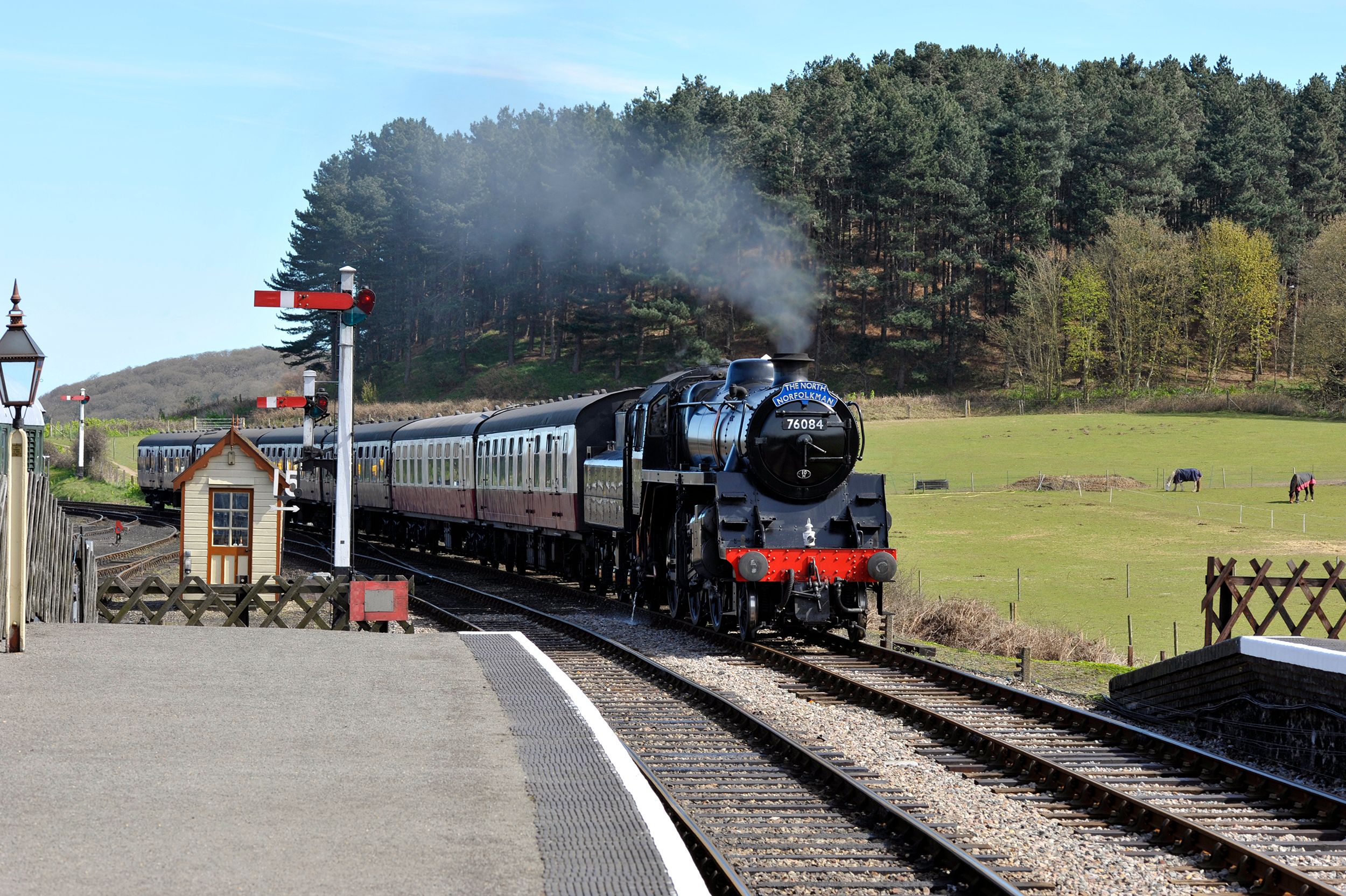
The Lion went on to carry out test trials on August 8, 1829, earning it distinction as the first use of a steam locomotive in the United States. Unfortunately, due to circumstances never fully understood the America failed to reach the D&H property. Southern Pacific/Overland 4-10-2 Union Pacific 4-12-2 Special Excursions/EventsĢ1st Century Steam Program American Freedom Train Chessie Steam Special Jim Shaughnessy points out in his book, " Delaware & Hudson: Bridge Line To New England And Canada," that Jervis believed four such contraptions could operate the gravity line's less severe grades. Jervis wanted steam-powered locomotives right from the start. The operation eventually decided upon canals for this purpose although chief engineer John B. One of America's earliest transportation companies was the Delaware & Hudson Canal Company, envisioned to haul anthracite coal from eastern Pennsylvania to New York City via the Hudson River. Prairies (2-6-2) Santa Fes (2-10-2) Ten-wheelers (4-6-0) Texas Types (2-10-4) Twelve Wheelers (4-8-0) Yellowstones (2-8-8-4) Baltimore & Ohio EM-1 The "Steam Engine Train" Makes Its Way To America Geared Designs Climaxes Heislers Shays Hudsons (4-6-4) Stephenson may have spent his childhood relatively poor but he quickly recognized the value of education, taking it upon himself to learn reading, writing, and arithmetic.Ĭommon Steam Engine Wheel Arrangements: Specifications, Photos, History & MoreĪmerican Type (4-4-0) Atlantics (4-4-2) Berkshires (2-8-4) Big Boys (4-8-8-4) Camelbacks Cab Forwards Challengers (4-6-6-4) Consolidations (2-8-0) He was born on Jto a very modest family in the small village of Wylam, Northumberland near Newcastle upon Tyne. Two decades would pass before the first contemporary design appeared thanks to George Stephenson. Trevithick's earliest example went into service in 1804 on the Merthyr-Tydfil Railway in South Whales where it pulled loads of iron ore along a tramway.

But, once more, England is recognized as operating the world's first modern steam locomotive. The colonel's recognition did not end there he also tested the first type of steam locomotive in the United States during 1826 when he showcased his aforementioned "Steam Waggon" on a small circular track at his estate in Hoboken, New Jersey. Stevens is also credited with chartering the first railroad in North America when the New Jersey Railroad Company was founded in 1815 (although not actually built until 1832), a future component of the Pennsylvania Railroad. They remain so well-liked that even Union Pacific maintains a small fleet for public relations. Today, preserved steam locomotives, both large and small, can be found throughout the country and their sustained popularity has led to numerous restorations.

Unquestionably, American designs were the most powerful, particularly after the introduction of articulation, which led to enormous variants like the 2-6-6-6 "Allegheny," 4-6-6-4 "Challenger," and 4-8-8-4 "Big Boy." The argument persists to this day regarding whose were more impressive, American or British? In the succeeding years ever-larger types were conceived to handle increasingly greater demand.

Photos & text about mostly plinthed (on static display) and forgotten South African steam locomotives found all over South Africa.Its initiation here began in 1826 when Colonel John Stevens showcased his "Steam Waggon" (basically a steam-powered horse carriage) on a small circular track at his estate in Hoboken, New Jersey. The future of steam preservation in South Africa Helping to preserve railway heritage in SA The Outeniqua Choo-Tjoe - Steam hauled passenger train between George and Knysna. Preservation of steam locomotion in Kwa-Zulu Natal, South Africa Take a trip on the most luxurious train in the world


 0 kommentar(er)
0 kommentar(er)
